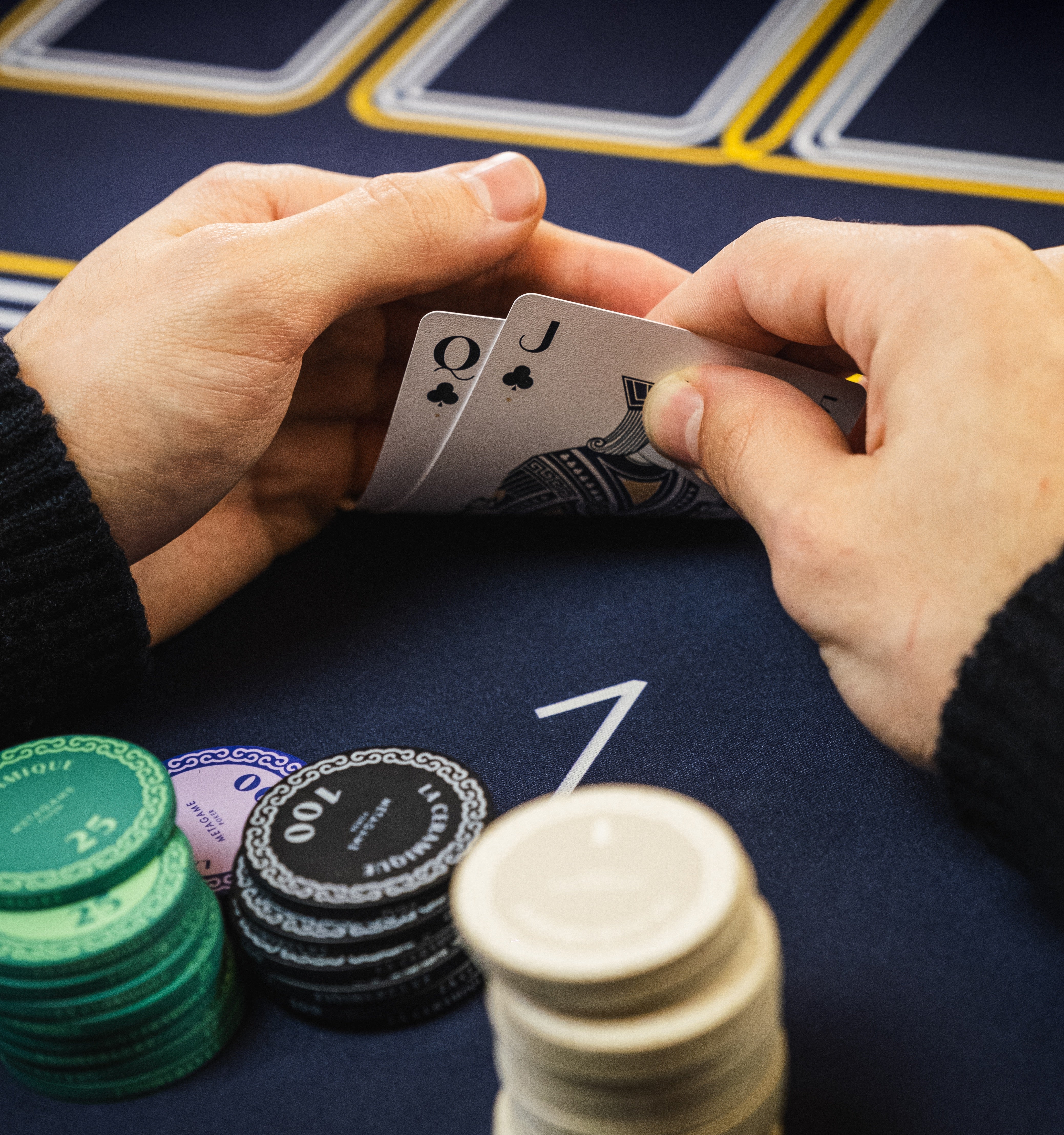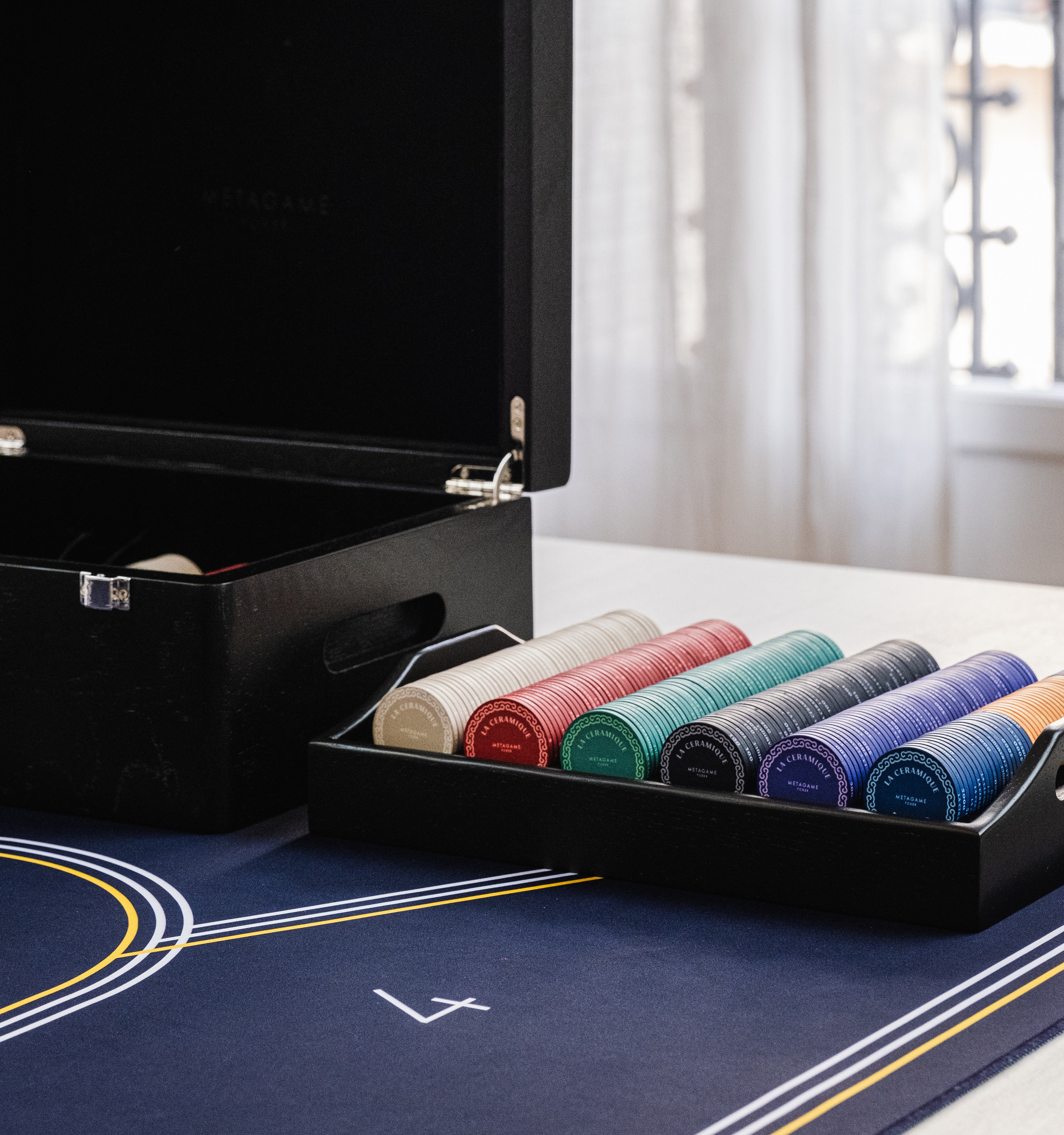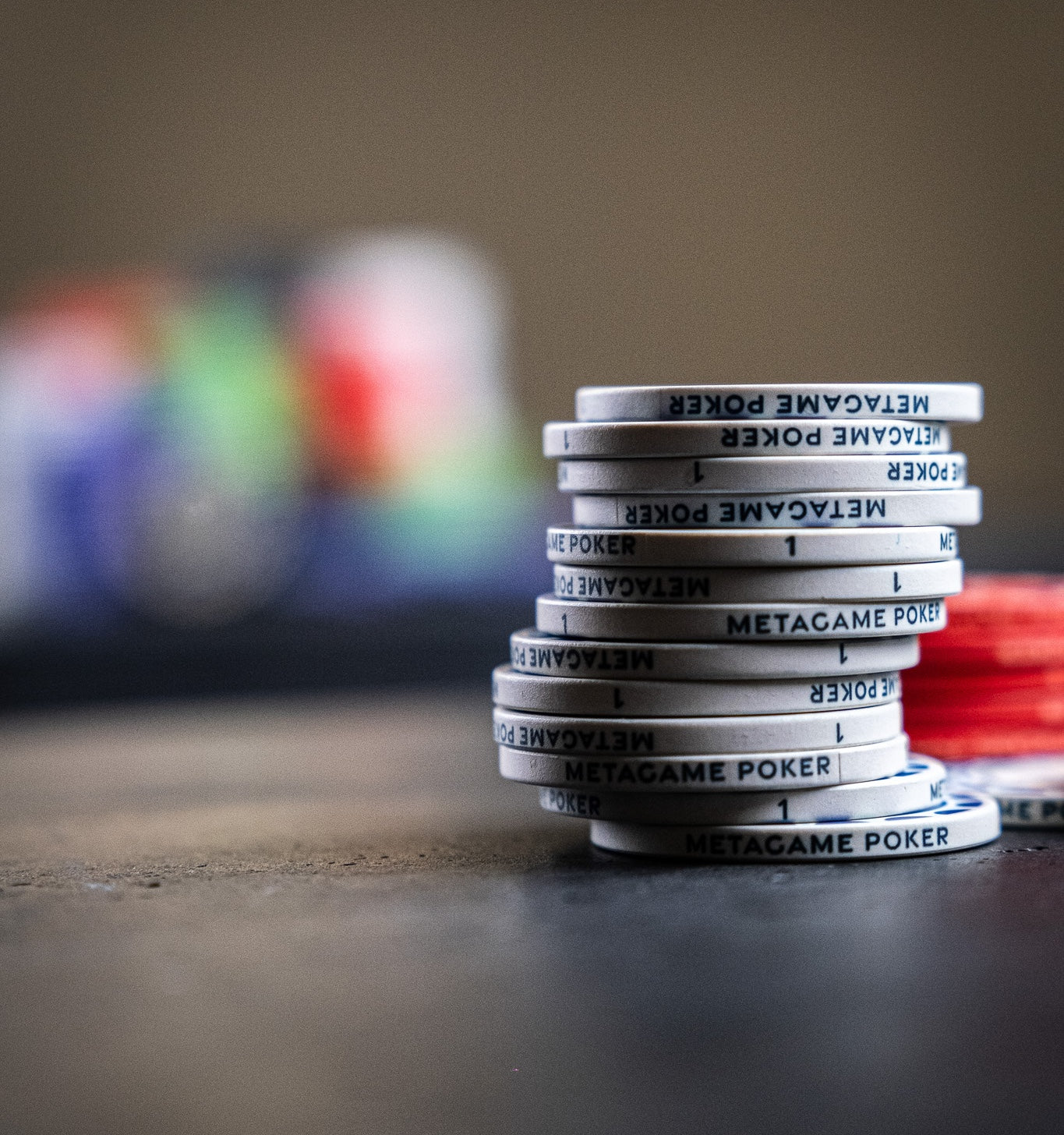
How to build a bluff?
Bluffing is a crucial part of poker because we cannot always have the winning hand.
Often, bluffing happens naturally, guided by intuition. However, when we examine what we mean by "intuition," we find it involves many concrete elements. Understanding these elements can help you use them more effectively to build better bluffs.
1. Your Opponent’s Hand is Weak
Strong hands are relatively rare in poker. Often, we are up against a weak hand from our opponent, and our own hand might be even weaker. This is a prime situation for bluffing because it will be much too complicated for your opponent to call with their weak hand. These may often be small pots won, but over the long term, they make a difference.
2. The Type of Opponent
A key concept in poker is to determine what kind of opponent you’re facing. Opponents can be aggressive, passive, sticky, wary, loose, etc. Depending on their type, they will react differently to your bluffs. For instance, avoid bluffing frequently against a sticky opponent who will call even with a weak hand. Conversely, against a risk-averse opponent, you should increase your bluff frequency.
3. Blockers in Your Hand
One of the first elements to consider when bluffing is your own hand. In No Limit Hold'em, if you have the Ace of Hearts and the Queen of Clubs, and the board shows three hearts, you haven’t hit anything, but holding the Ace of Hearts can support a bluff. This card is not in your opponent’s hand by definition, meaning they can’t have the best possible flush. If they cannot have the best flush, they might think you do and fold if you bluff. Additionally, having the Ace of Hearts reassures you that they don’t have the best hand possible, making your bluff more likely to succeed.
4. The Potential Improvement of Your Hand
Before all the board cards are revealed, you might have nothing but the potential for a strong hand depending on the turn and river cards. For example, if you have 6 and 7 of Spades, and the board shows K 8 3 5 of different suits, you only have a 7-high hand (nothing). However, your hand has significant improvement potential. If a 9 or a 4 comes on the river, you will have the best possible combination (a straight). If you bet on the turn with just 7-high, it’s a bluff. More precisely, when you bluff with a hand that has potential to improve, it’s called a semi-bluff. This type of bluff can be rewarding because if your opponent has, say, a pair of 8s, they might fold the best hand. And if your opponent calls with any hand and a 9 or a 4 comes on the river, you’ll have the best hand.
5. The Pressure You Can Exert on Your Opponent
At certain times in the game, power dynamics can come into play based on chip stacks. One clear example is in poker tournaments when only one player remains to be eliminated before the remaining players receive a payout. For players with a short stack, the pressure is maximum as they could be the next to be eliminated before getting a payout. Thus, if you enter a pot against a player with a smaller stack than yours, you can easily bluff by leveraging the pressure you’re putting on them.



Leave a comment
This site is protected by reCAPTCHA and the Google Privacy Policy and Terms of Service apply.